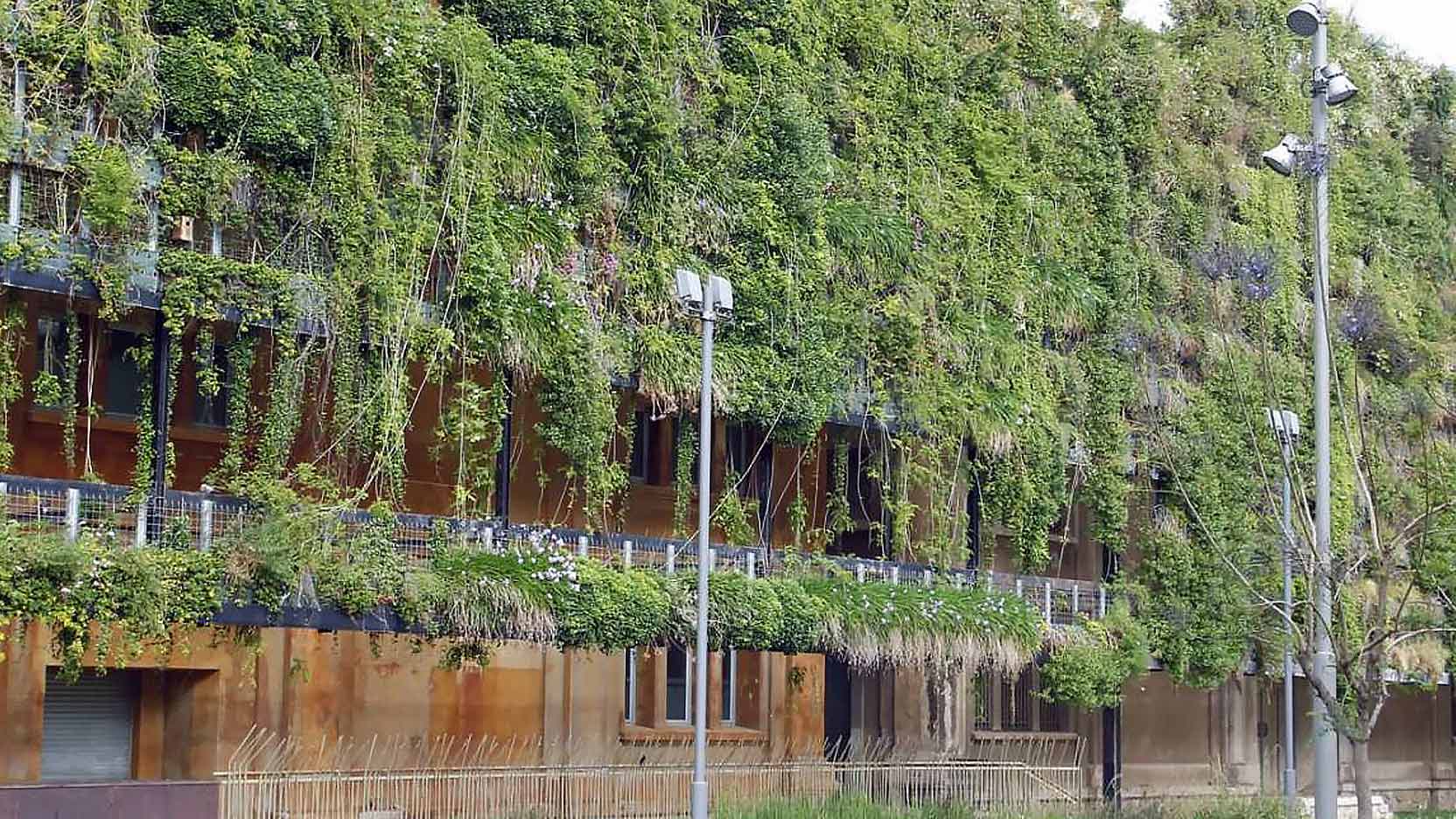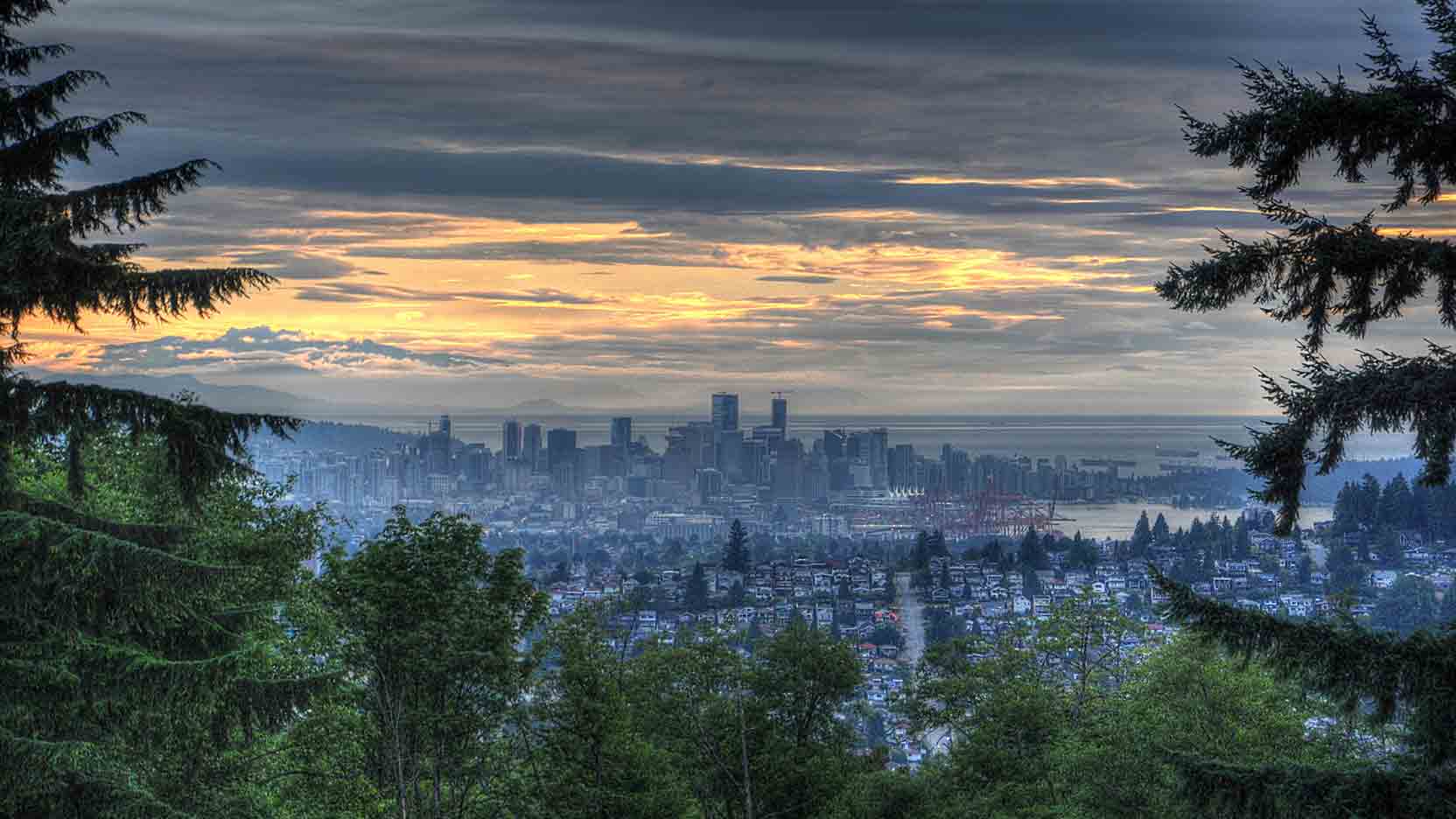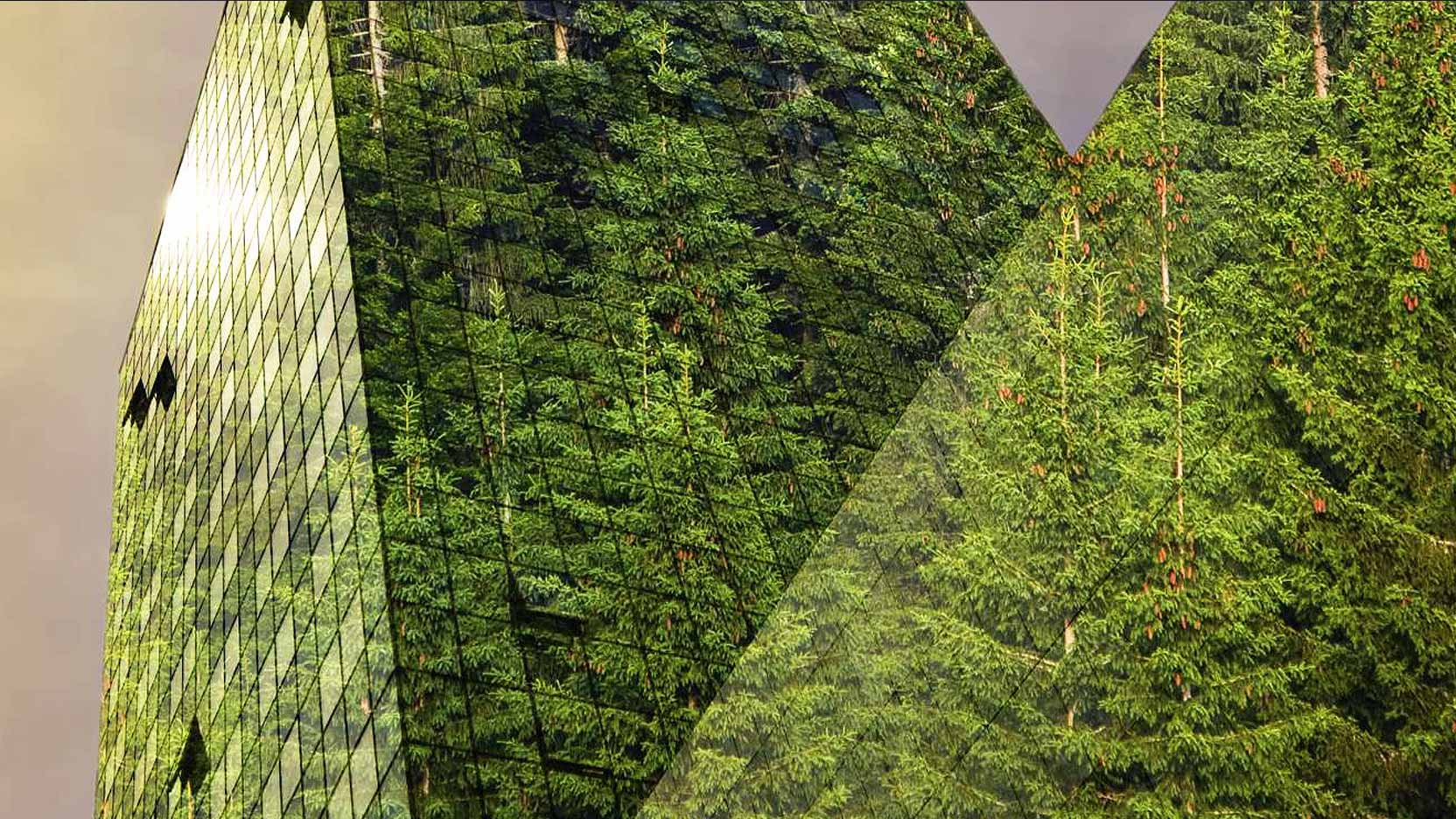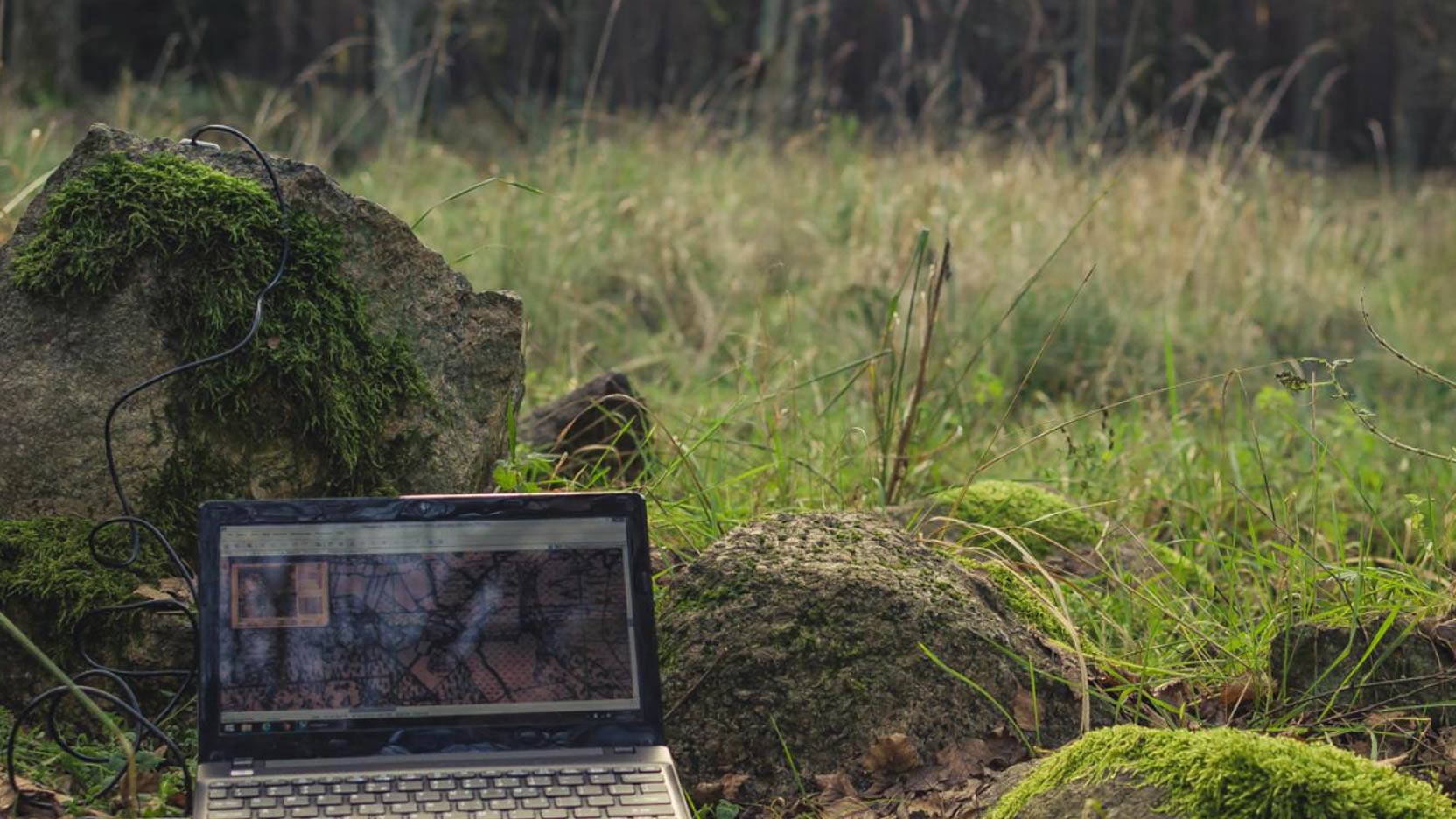While it has been the object of numerous studies, on the ground biodiversity is still far from having the protection it deserves in the light of its contributions and benefits. In the face of climate change, it has become crucial to take biodiversity into account in a sustainable city. Right from the design phase and all during the construction and operation phases, biodiversity plants its roots at the heart of the building sector.
Biodiversity, an essential issue that gets little recognition
Biodiversity is at the crossroads of many challenges: the enduring survival of our activities and even more so the survival of the social bond and our well-being depend on the fragile equilibrium of biodiversity. As evidence of this fact, demand for open green spaces in cities today has never been greater. A response to this need for greenery was provided by the World Biodiversity Day held on 22 May.
But is this a case of not being able to see the forest for the trees? In part, as individual or joint companies that support biodiversity remain marginal. Both the erosion of biodiversity and its economic impacts are often underestimated or little known, and regulations are perceived as constraints that generate costs. This is a harsh absence of recognition given that green roofs, for example, prove to be relatively inexpensive compared to their advantages, which include providing thermal and sound insulation, enabling recovery of rainwater, and controlling air pollution.
Biodiversity, words and actions
In late 2015, the working group organized by Philippe Pelletier, the president of the Sustainable Building Plan, presented its report, “Building and diversity”, which put forth 20 proposals for recreating the bond between humans and nature in urban settings by safeguarding biodiversity. One of the levers identified in the report was the re-appropriation of urban biodiversity as a key factor in the processes of making decisions and taking action amongst the city’s stakeholders.
This call was heard, and even anticipated, by the GA Group, which makes it a matter of routine to work with ecologists when designing and constructing projects of which it is the contracting owner. This has resulted in several measures for protecting and increasing biodiversity:
- protecting the biotope and habitat of species by, for example, creating spaces for sheltering fauna (nesting boxes for birds, wood piles for insects, beehives, etc.)
- creating diversified open green spaces (fruit trees, various plants, minerals, fallow land, etc.)
- organizing phases of construction work based on natural cycles (of reproduction or nesting, for example)
- reducing sound or light nuisance when animals pass through or are feeding, and near plants (do not illuminate green spaces at night, for example)
- creating green roofs intelligently, with local species or an appropriate growing medium
This approach has already begun to bear fruit in Bobigny with the Luminem project, and in Toulouse with Agua, the Group’s new headquarters. Both buildings have received the Test HQE® Performance Biodiversité certificate granted by the HQE® association in recognition of their positive impacts on local biodiversity.



